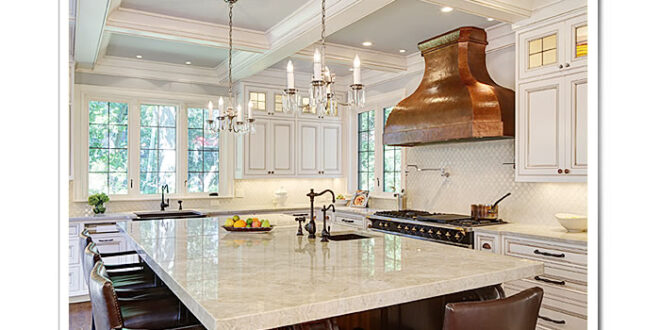Why Custom Kitchen Hood Ventilation is a Game Changer
Let’s face it, cooking can be a messy affair. From sizzling steaks that send plumes of smoke billowing through your kitchen to simmering sauces releasing potent aromas, the culinary arts aren’t always the cleanest. And while the joy of creating delicious meals is undeniable, dealing with the aftermath – lingering odors, greasy surfaces, and potentially unhealthy air – can quickly dampen the enthusiasm. That’s where custom kitchen hood ventilation steps in, not just as a practical necessity, but as a transformative upgrade to your cooking experience.
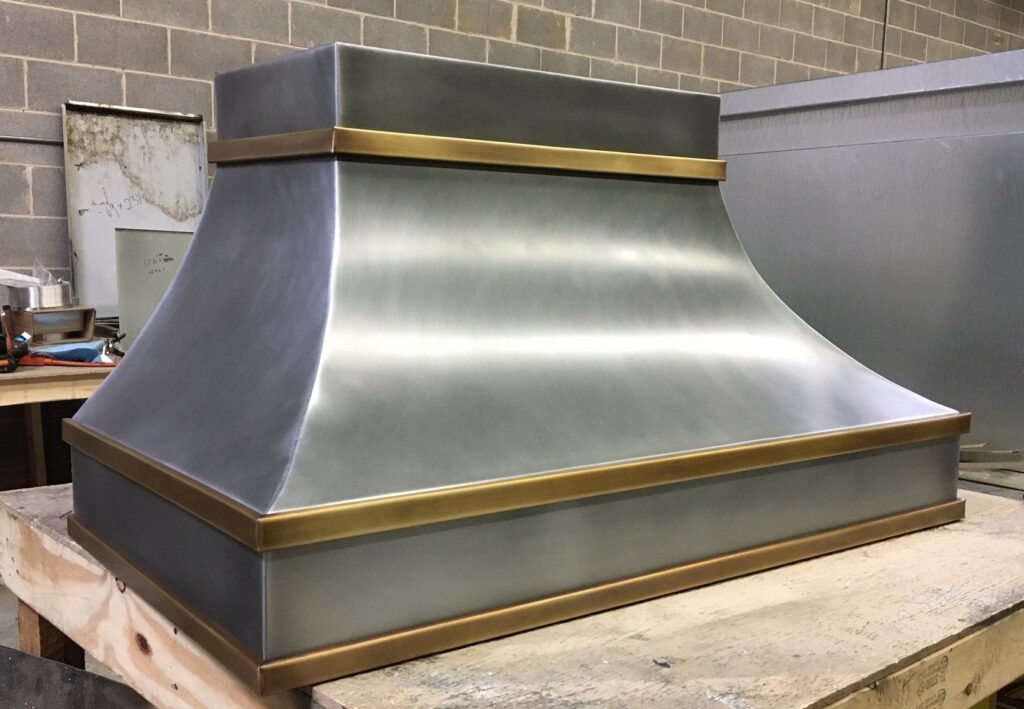
Forget those generic, off-the-shelf range hoods that barely make a dent in the airborne chaos. A custom kitchen hood is a precisely engineered solution tailored to your specific cooking style, kitchen layout, and aesthetic preferences. It’s an investment in cleaner air, a more comfortable cooking environment, and a boost to the overall value of your home. It’s about taking control of your kitchen, rather than letting the kitchen control you.
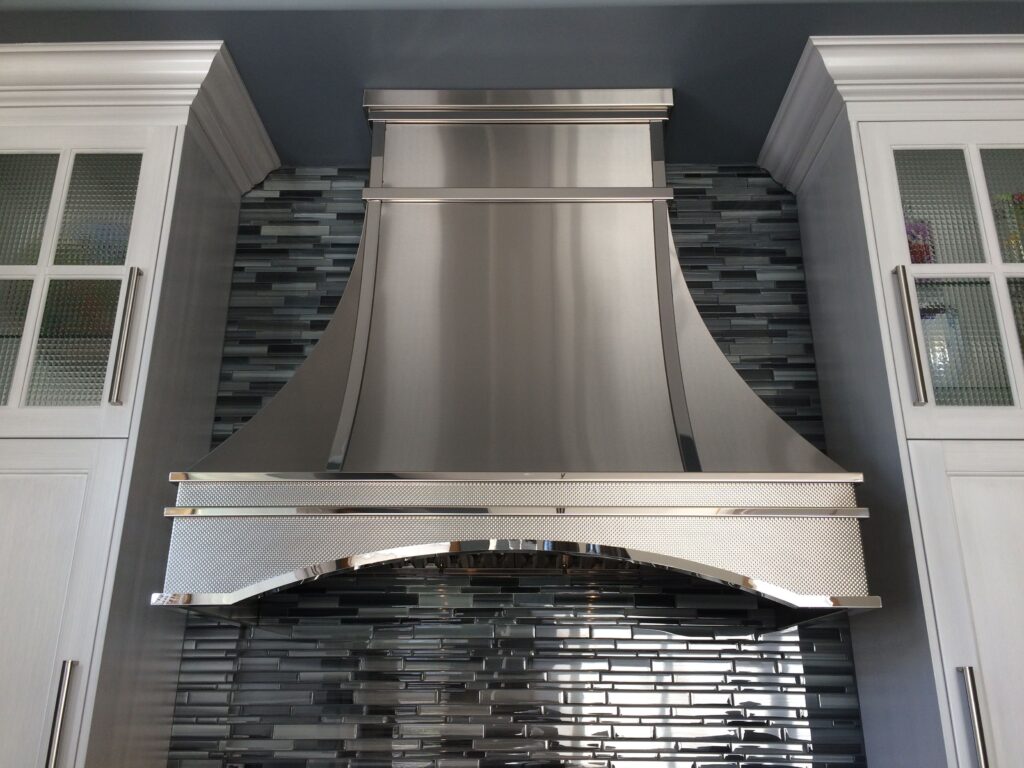
The Problems with Standard Range Hoods
Before we dive into the world of custom ventilation, let’s acknowledge the limitations of standard range hoods. Typically, these units are designed to be a one-size-fits-all solution, often sacrificing performance for cost-effectiveness. Here’s where they often fall short:
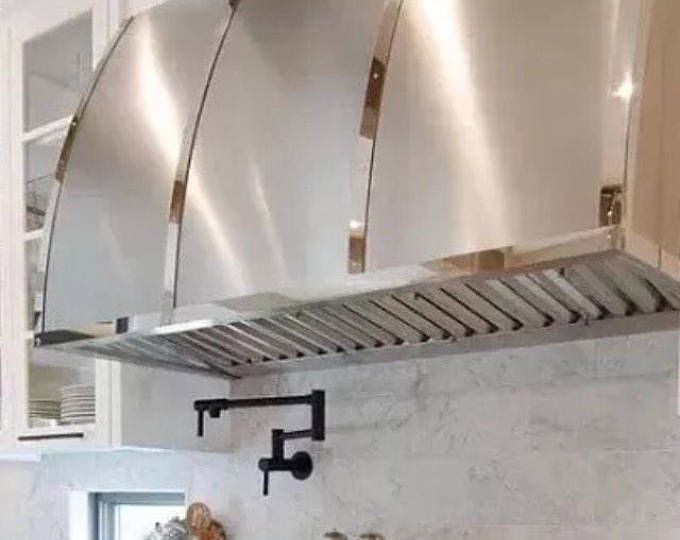
- Inadequate Capture Area: Standard hoods often lack the necessary width and depth to effectively capture all the smoke, grease, and odors rising from your cooktop. A significant portion escapes into the surrounding kitchen, clinging to surfaces and lingering in the air.
- Insufficient Airflow (CFM): The Cubic Feet per Minute (CFM) rating, which measures the volume of air a hood can move per minute, is often too low for the type of cooking being done. High-heat cooking, like frying or wok cooking, generates far more smoke and grease than simmering or boiling, requiring a higher CFM rating.
- Noisy Operation: Many standard range hoods are notoriously loud, making it difficult to hold a conversation or enjoy music while cooking. The constant drone can quickly become irritating, discouraging frequent use.
- Generic Design: Standard hoods often clash with the overall design aesthetic of the kitchen. They can look out of place, detracting from the visual appeal of the space.
- Poor Filtration: The filters in standard hoods are often ineffective at capturing grease and other particles. This leads to grease buildup in the ductwork, reducing the hood’s efficiency and potentially creating a fire hazard.
The Benefits of Going Custom
Now, let’s explore the advantages of opting for a custom kitchen hood. The difference is night and day.
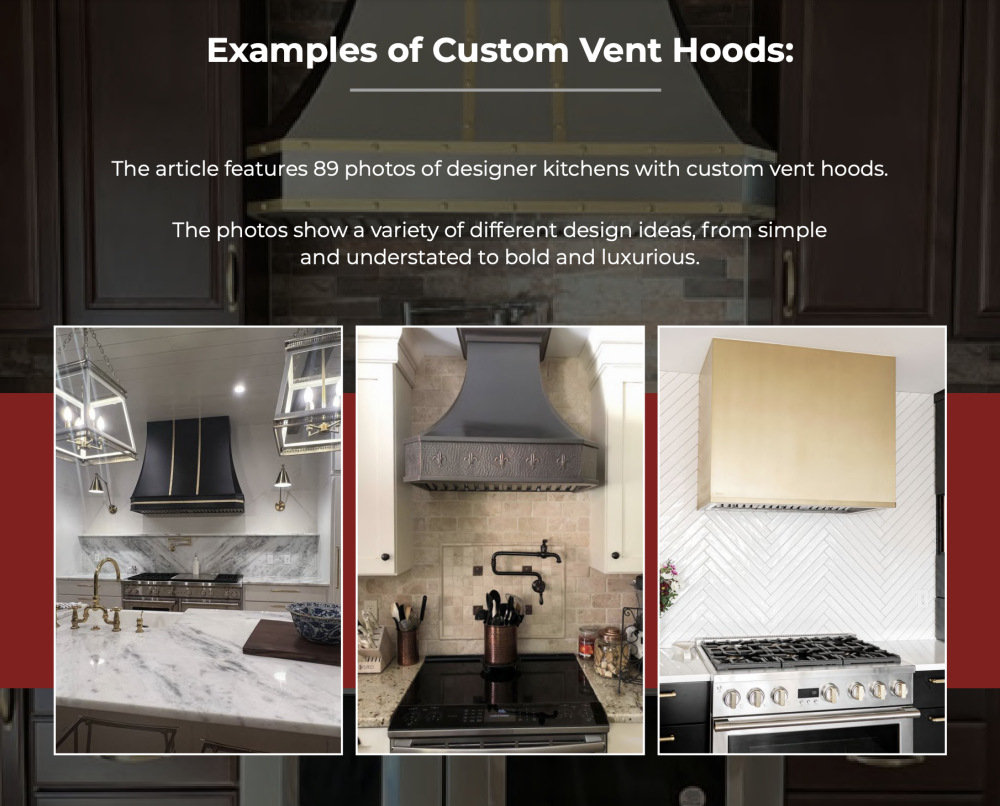
1. Superior Performance and Air Quality
The primary benefit of a custom hood is its unparalleled performance. These systems are designed to provide optimal ventilation based on your specific needs. A ventilation expert will consider factors like your cooktop size, cooking style, and kitchen layout to determine the ideal CFM rating and capture area. This ensures that all smoke, grease, and odors are effectively removed from the air, leaving your kitchen clean, fresh, and healthy. This improved air quality is especially crucial for individuals with allergies or respiratory sensitivities.
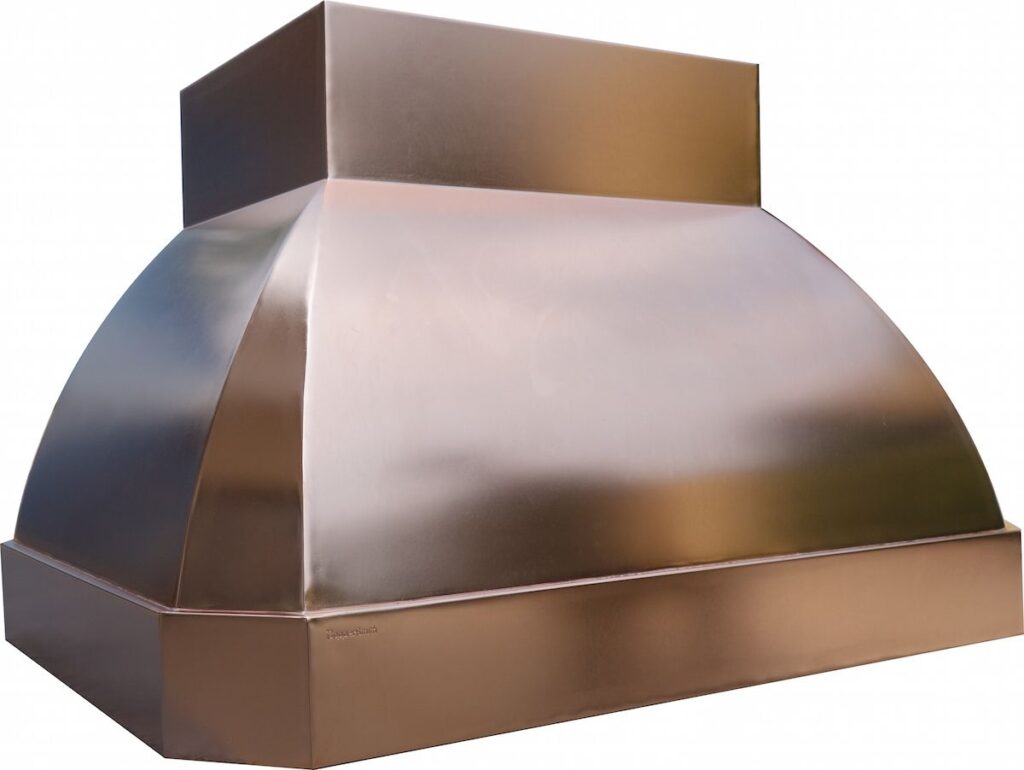
2. Tailored to Your Cooking Style
Are you a passionate home chef who loves to experiment with different cuisines? Or do you primarily stick to simple, everyday meals? Your cooking style plays a significant role in determining your ventilation needs. A custom hood can be tailored to handle the specific demands of your culinary endeavors. For example, if you frequently use a wok or engage in high-heat cooking, a powerful hood with a large capture area and high CFM rating is essential.
3. Seamless Integration with Your Kitchen Design
A custom hood is more than just a functional appliance; it’s a design element that can enhance the overall aesthetic of your kitchen. You have complete control over the hood’s style, materials, and finish, allowing you to create a truly unique and personalized look. Whether you prefer a sleek and modern stainless steel hood, a rustic and charming copper hood, or a classic and elegant wood hood, the possibilities are endless. The hood can be seamlessly integrated into your existing kitchen cabinetry or designed as a standalone statement piece.
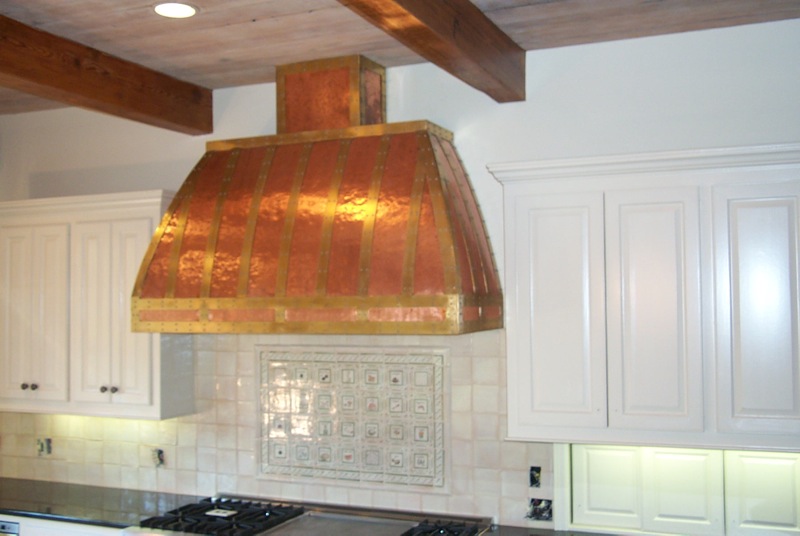
4. Improved Comfort and Reduced Cleaning
A well-ventilated kitchen is a more comfortable kitchen. By effectively removing heat, smoke, and odors, a custom hood can create a more pleasant cooking environment. You’ll no longer have to worry about excessive heat buildup or lingering smells. Additionally, a custom hood can significantly reduce the amount of cleaning required in your kitchen. By capturing grease and other particles before they settle on surfaces, it helps to keep your countertops, cabinets, and walls cleaner for longer. Less time cleaning means more time enjoying your culinary creations.
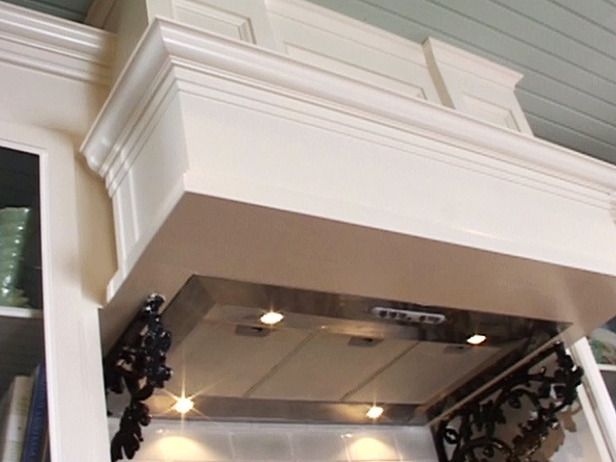
5. Increased Home Value
While the initial investment in a custom kitchen hood may be higher than a standard range hood, it’s important to consider the long-term value it adds to your home. A high-quality, custom-designed ventilation system is a desirable feature that can increase your home’s appeal to potential buyers. It demonstrates attention to detail and a commitment to quality, making your home stand out from the competition.
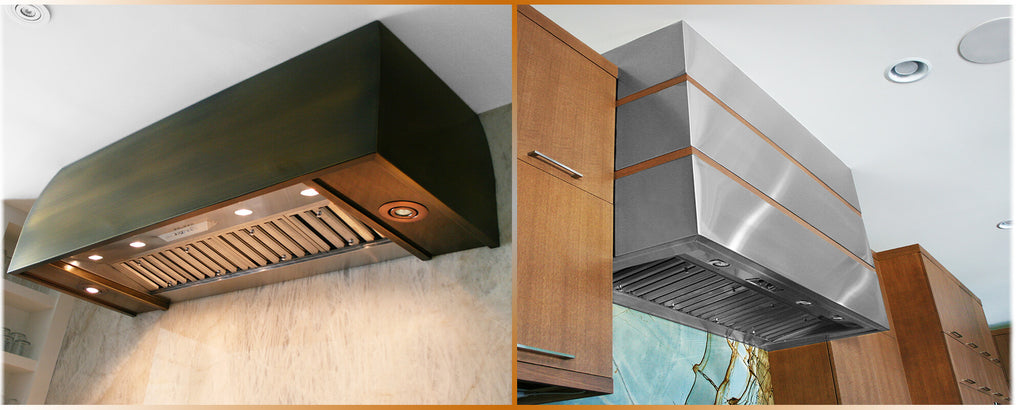
Key Considerations When Choosing a Custom Kitchen Hood
Ready to take the plunge and invest in a custom kitchen hood? Here are some key factors to consider during the selection process:
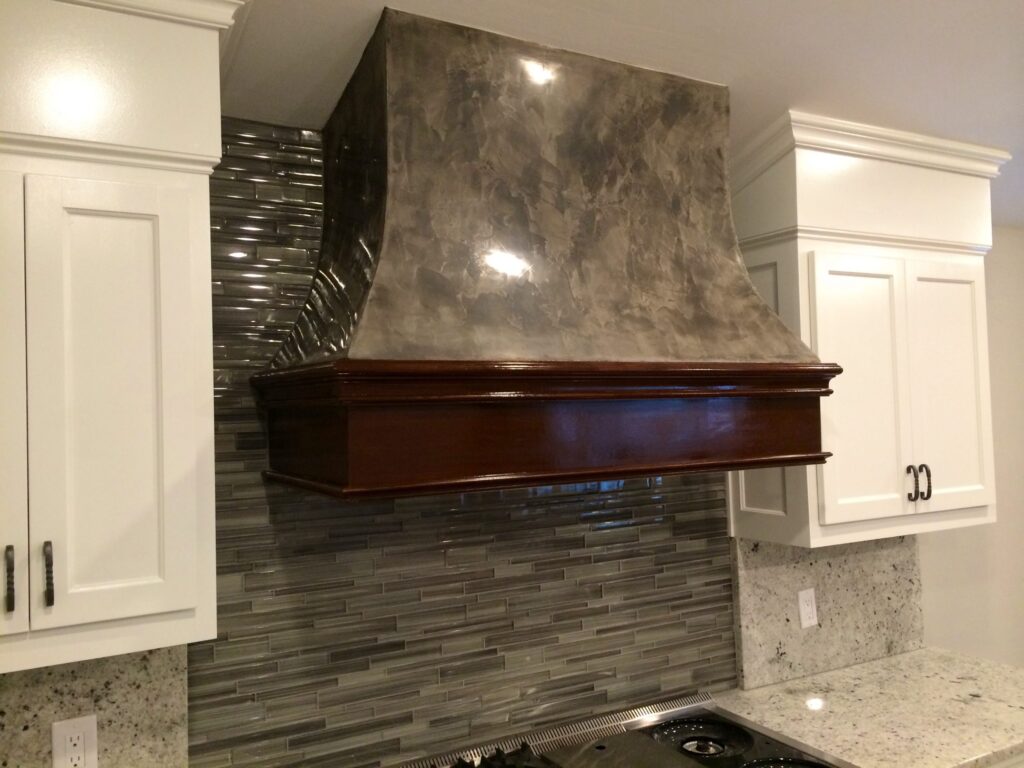
1. CFM (Cubic Feet per Minute)
The CFM rating is the most important factor to consider when choosing a kitchen hood. It determines the amount of air the hood can move per minute. As a general rule of thumb, you should aim for at least 100 CFM per linear foot of cooktop width. So, if you have a 30-inch cooktop, you’ll need a hood with a CFM rating of at least 250 CFM. However, this is just a starting point. Factors like your cooking style, kitchen layout, and ductwork length can all affect the optimal CFM rating. For high-heat cooking or kitchens with long or convoluted duct runs, you may need a higher CFM rating.
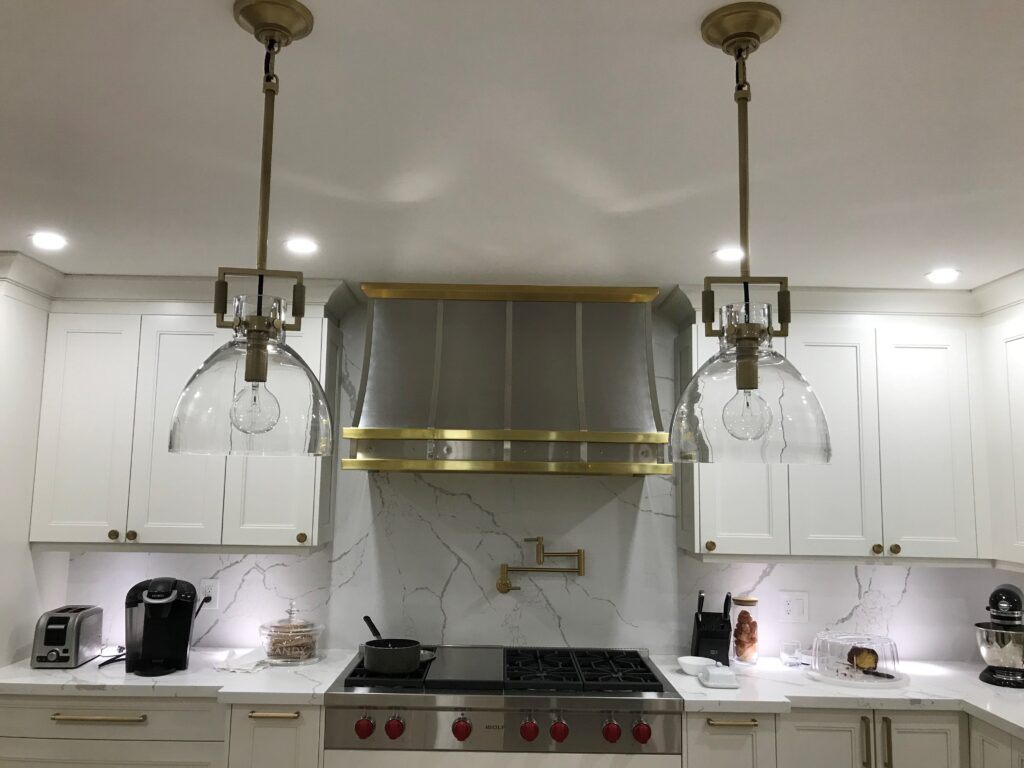
For gas cooktops, a good rule of thumb is to have at least 1 CFM for every 100 BTUs (British Thermal Units) of burner power. Add up the BTU ratings of all your burners and choose a hood with a CFM rating at or above that number.
2. Capture Area
The capture area refers to the size and shape of the hood’s opening, which determines its ability to capture smoke, grease, and odors rising from the cooktop. The hood should be wider and deeper than the cooktop to ensure that all fumes are effectively captured. Ideally, the hood should extend at least 3 inches beyond the cooktop on all sides. A deeper hood will be more effective at capturing fumes that tend to spread outwards.
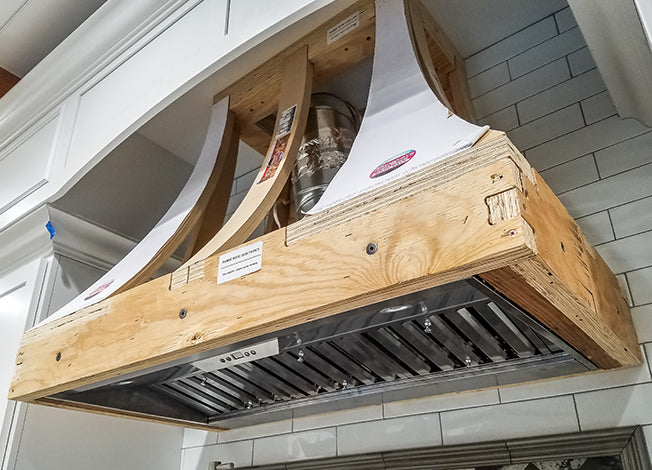
3. Hood Style and Design
The style and design of the hood should complement the overall aesthetic of your kitchen. There are several different hood styles to choose from, including:
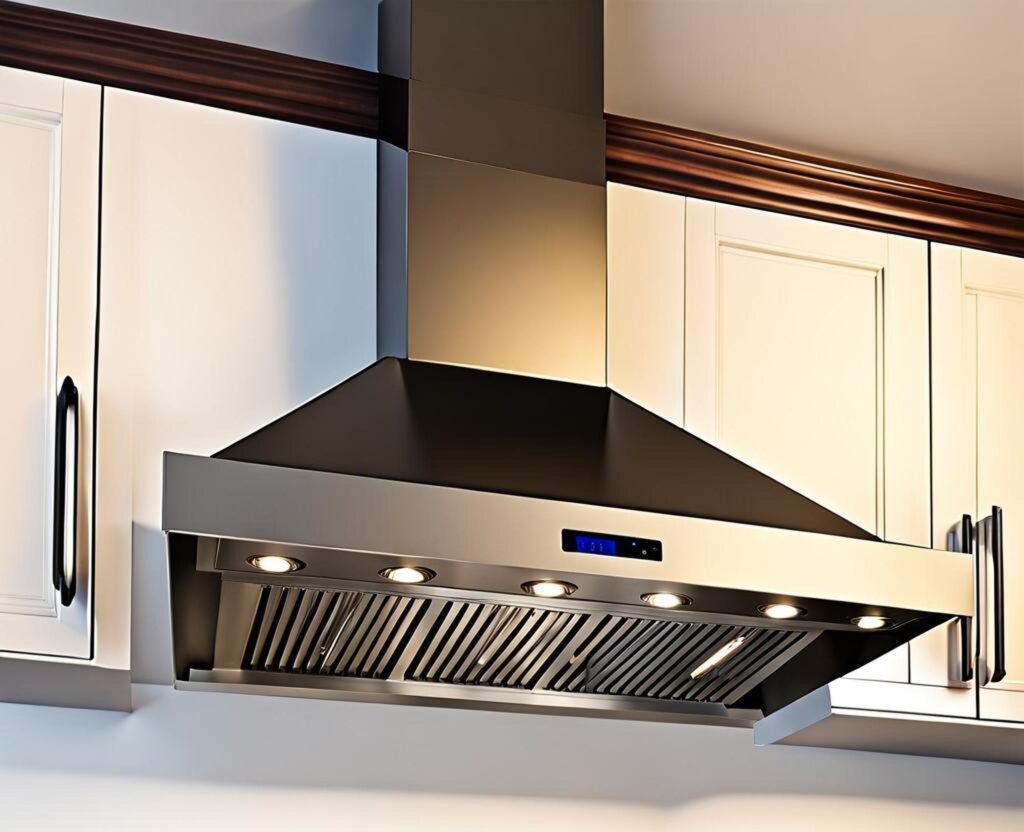
- Wall-Mounted Hoods: These hoods are mounted directly to the wall above the cooktop. They are a popular choice for kitchens with a more traditional or transitional design.
- Island Hoods: These hoods are suspended from the ceiling above an island cooktop. They are a statement piece that can add a touch of elegance to your kitchen.
- Under-Cabinet Hoods: These hoods are installed under the kitchen cabinets above the cooktop. They are a space-saving option that is ideal for smaller kitchens.
- Downdraft Hoods: These hoods are integrated into the cooktop and draw air downwards. They are a less common option but can be useful in situations where a traditional hood is not feasible.
Consider the materials and finish of the hood. Stainless steel is a popular choice for its durability and modern look. Copper hoods add warmth and character to a kitchen. Wood hoods can be customized to match your existing cabinetry.
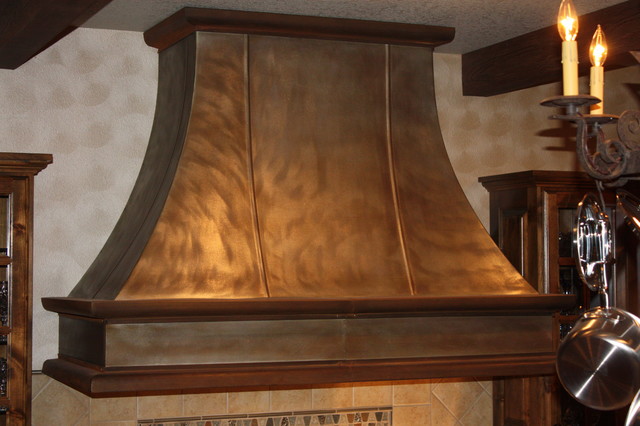
4. Blower Type and Noise Level
The blower is the motor that drives the ventilation system. There are two main types of blowers: internal and external. Internal blowers are located inside the hood, while external blowers are located outside the home. External blowers are typically quieter and more powerful than internal blowers.
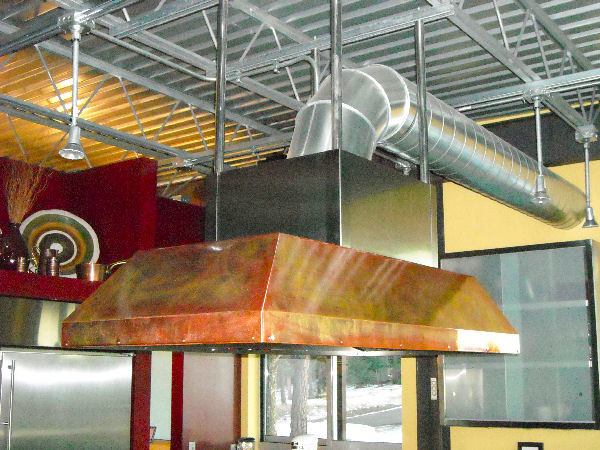
Consider the noise level of the hood. Noise is measured in sones. A sone is a unit of perceived loudness. The lower the sone rating, the quieter the hood. Look for a hood with a sone rating of 4 or less for quiet operation.
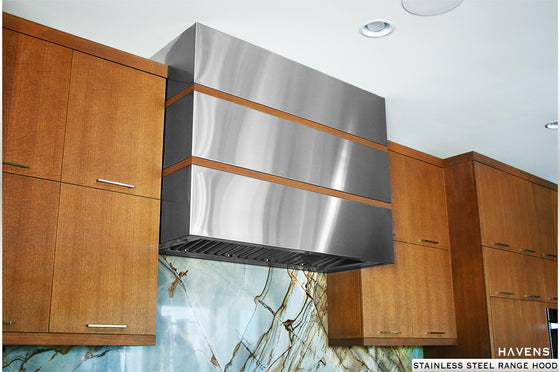
5. Filtration System
The filtration system is responsible for removing grease and other particles from the air. There are two main types of filters: metal mesh filters and baffle filters. Metal mesh filters are less expensive but less effective at capturing grease. Baffle filters are more expensive but more effective at capturing grease and easier to clean. Look for a hood with baffle filters for optimal performance.
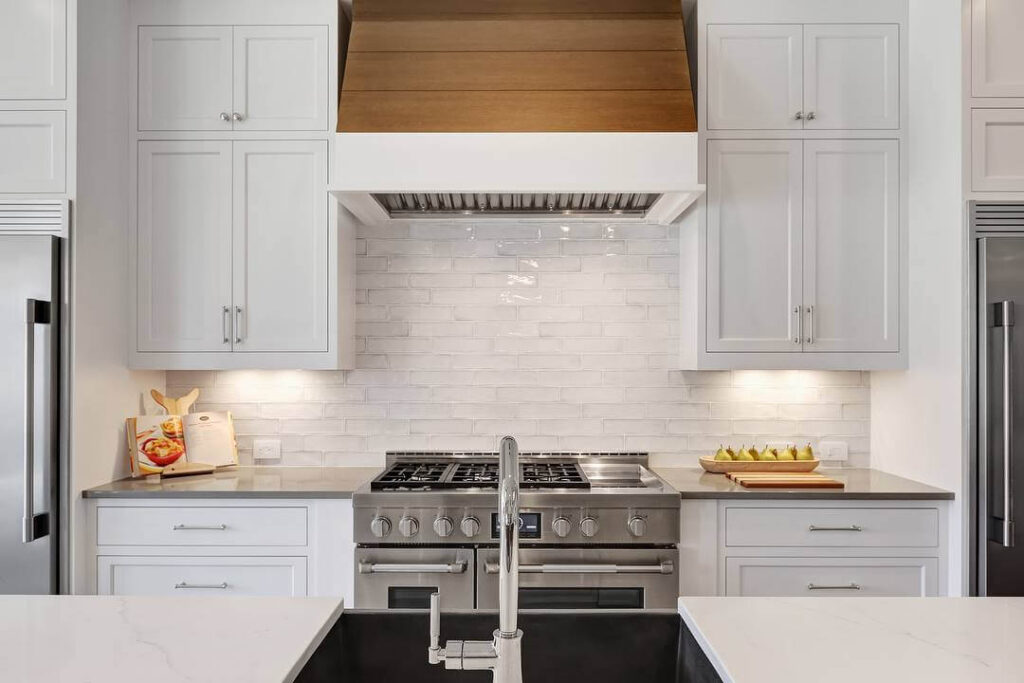
6. Lighting
Good lighting is essential for cooking. Look for a hood with bright, energy-efficient LED lighting that illuminates the cooktop effectively. Dimmable lighting is a bonus, allowing you to adjust the light level to suit your needs.
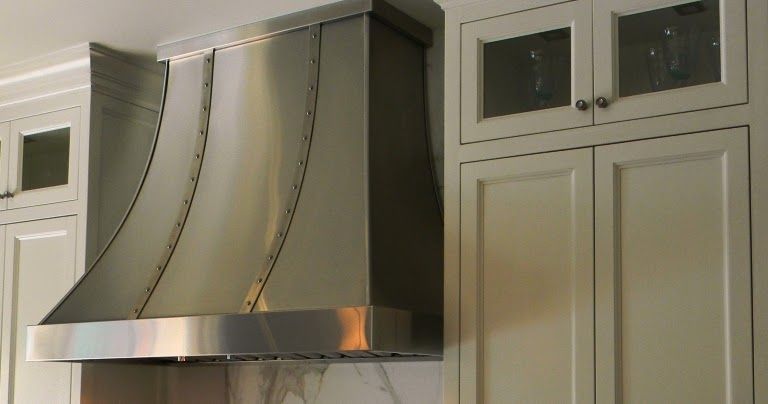
7. Controls and Features
Consider the controls and features of the hood. Look for a hood with easy-to-use controls that allow you to adjust the fan speed and lighting. Some hoods also have features like automatic shut-off timers, remote controls, and Wi-Fi connectivity.
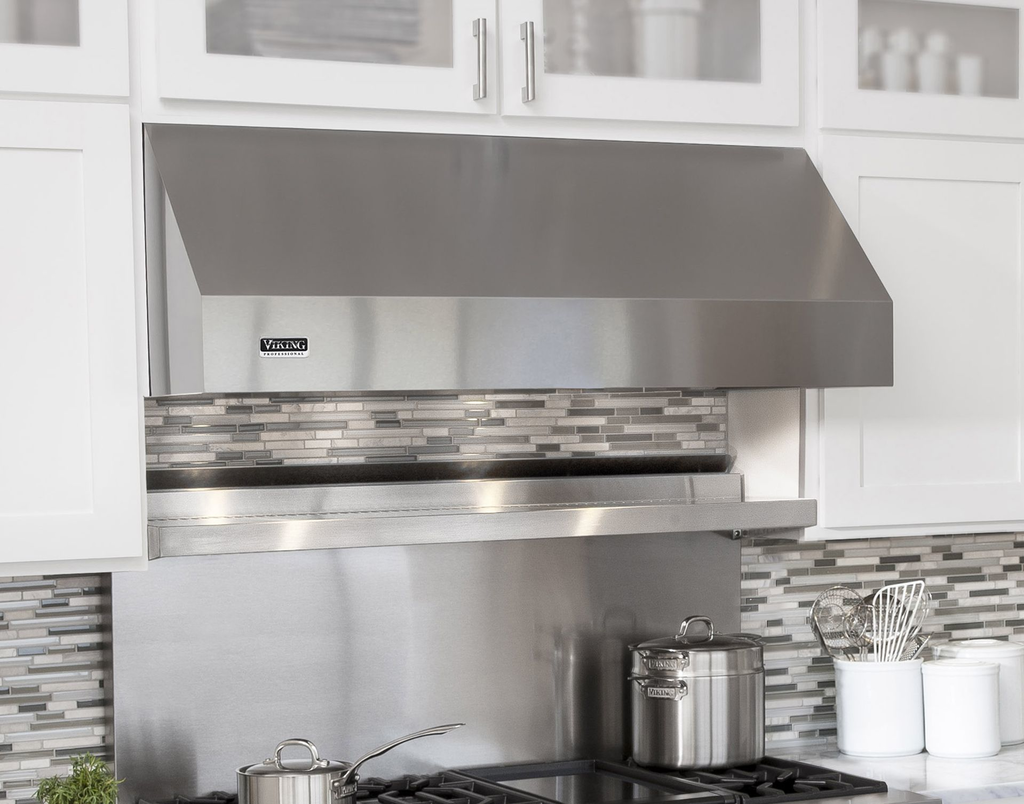
8. Ductwork and Installation
Proper ductwork is essential for optimal ventilation. The ductwork should be as short and straight as possible to minimize airflow resistance. Use smooth-walled metal ductwork for best results. Avoid using flexible ductwork, as it restricts airflow. It is crucial to consult with a professional installer to ensure that the ductwork is properly sized and installed.
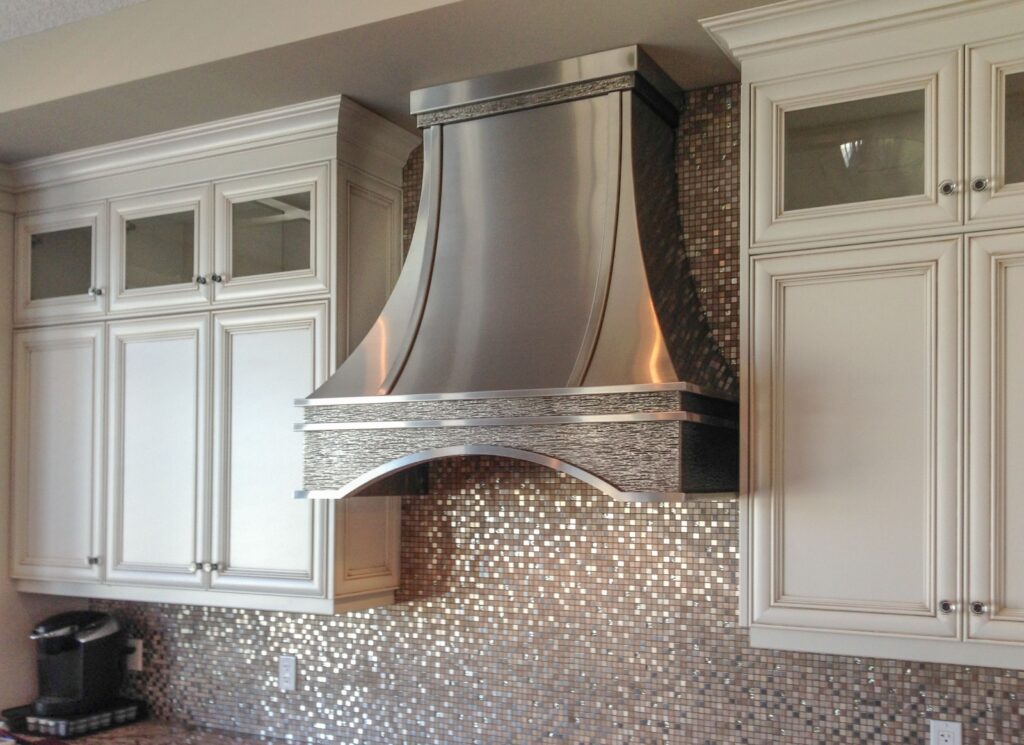
9. Budget
Custom kitchen hoods can range in price from a few hundred dollars to several thousand dollars, depending on the size, style, features, and materials. Set a budget before you start shopping and stick to it. Remember that a higher price doesn’t always guarantee better performance. Focus on finding a hood that meets your specific needs and offers good value for your money.
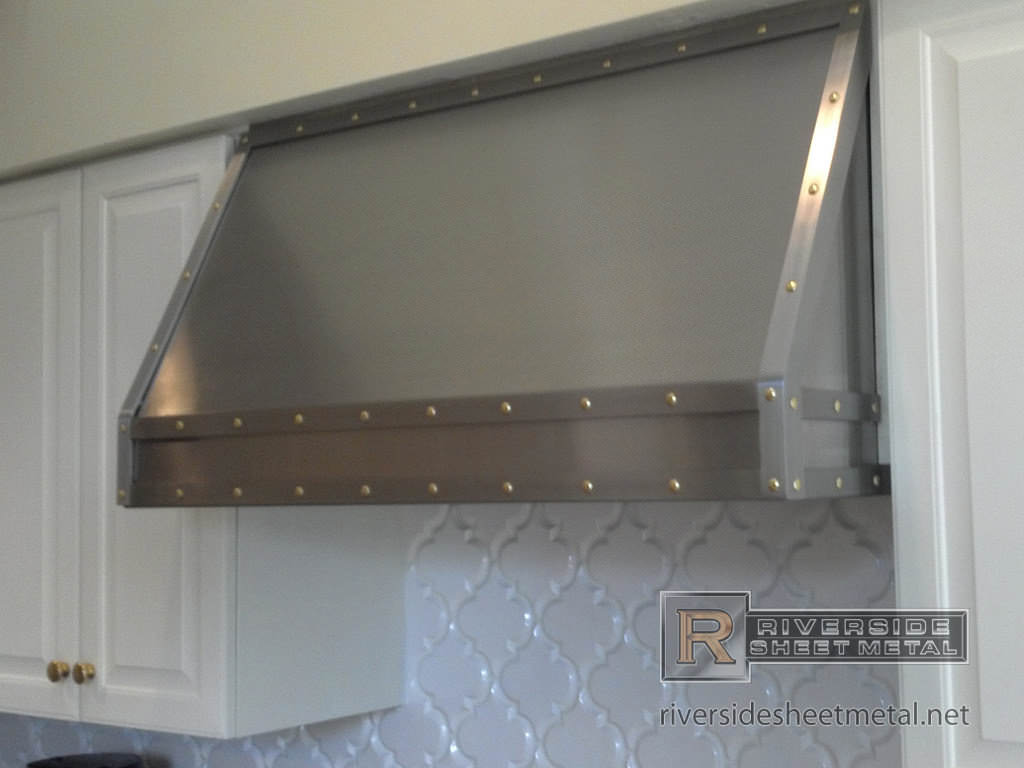
Finding the Right Professional
Designing and installing a custom kitchen hood is not a DIY project. It requires specialized knowledge and expertise. It’s essential to work with a qualified and experienced ventilation specialist who can assess your needs, recommend the right hood, and ensure proper installation. Here are some tips for finding the right professional:
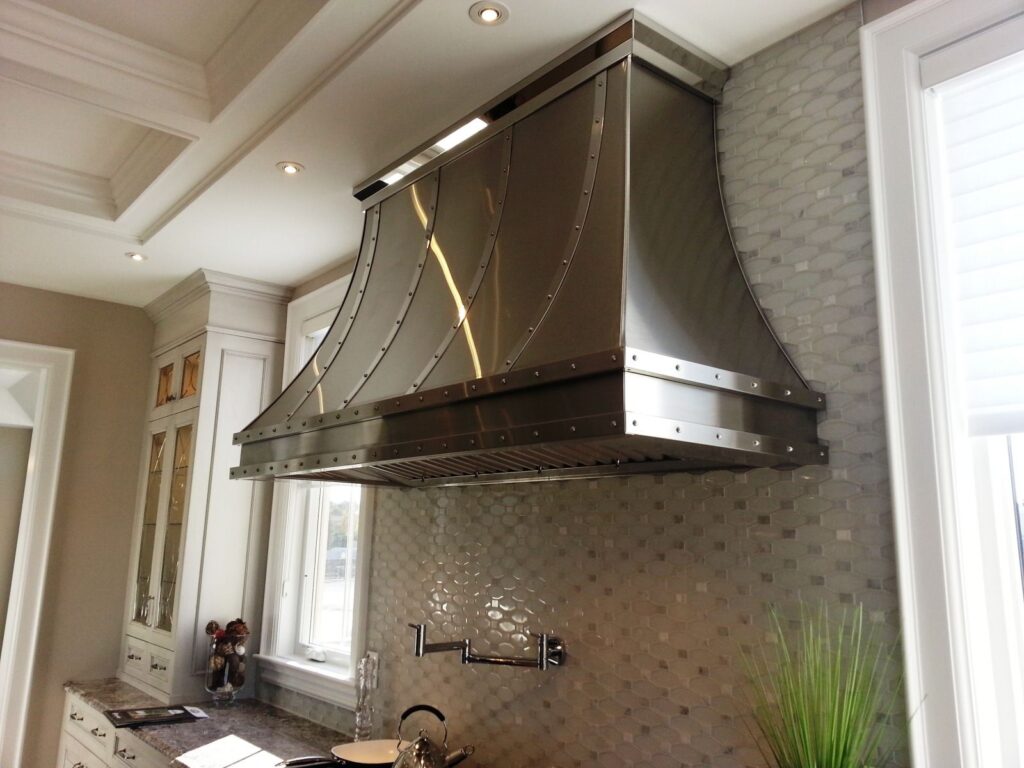
- Get Referrals: Ask friends, family, or neighbors for referrals to reputable ventilation specialists in your area.
- Check Online Reviews: Read online reviews to get an idea of the specialist’s reputation and quality of work.
- Verify Credentials: Make sure the specialist is licensed and insured.
- Get Multiple Quotes: Obtain quotes from several different specialists before making a decision.
- Ask Questions: Don’t hesitate to ask questions about the specialist’s experience, qualifications, and approach to the project.
- Review the Contract Carefully: Before signing any contract, review it carefully to ensure that it clearly outlines the scope of work, payment terms, and warranty information.
DIY vs. Professional Installation
While some homeowners might be tempted to tackle the installation themselves, it’s strongly recommended to hire a professional. Improper installation can lead to a variety of problems, including:
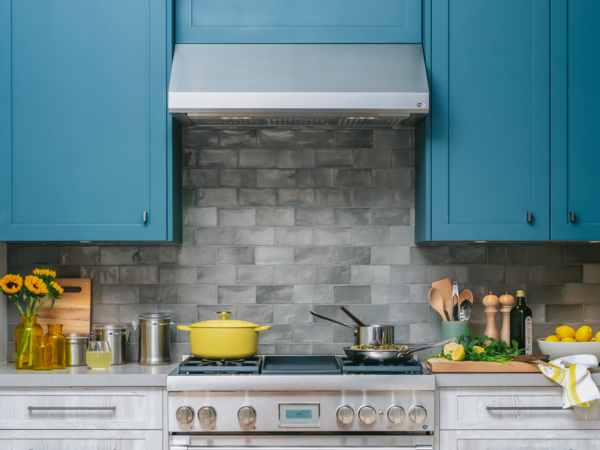
- Reduced Performance: Incorrect ductwork or improper hood placement can significantly reduce the hood’s efficiency.
- Increased Noise: Improper installation can cause the hood to vibrate and generate excessive noise.
- Safety Hazards: Improper wiring or ductwork can create a fire hazard.
- Voided Warranty: DIY installation may void the manufacturer’s warranty.
A professional installer will have the knowledge and experience to ensure that the hood is installed correctly and safely, maximizing its performance and longevity.
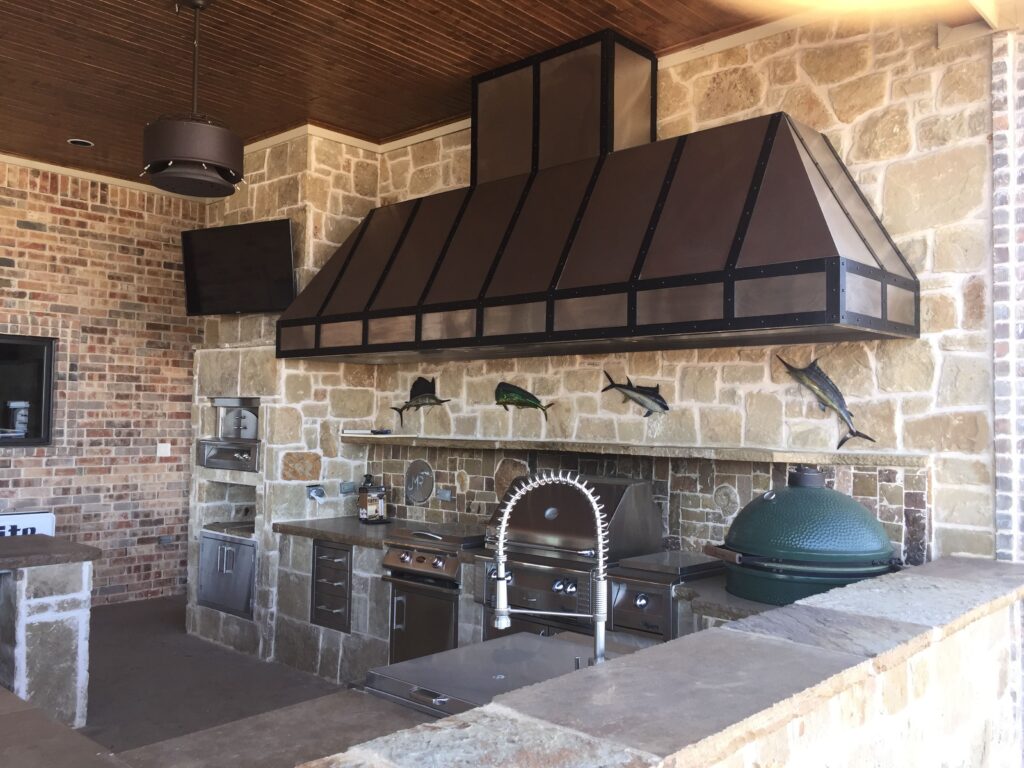
Maintaining Your Custom Kitchen Hood
To keep your custom kitchen hood performing at its best, regular maintenance is essential. Here are some tips for maintaining your hood:
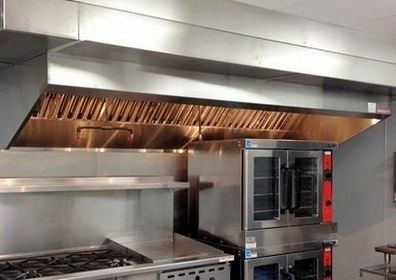
- Clean the Filters Regularly: Clean the filters at least once a month, or more often if you cook frequently. Remove the filters and wash them in hot, soapy water. You can also clean them in the dishwasher.
- Clean the Hood Exterior: Wipe down the hood exterior regularly with a damp cloth to remove grease and dirt. Use a mild detergent if necessary.
- Inspect the Ductwork: Periodically inspect the ductwork for any signs of damage or blockage. Clean the ductwork every few years to remove grease buildup. This is best done by a professional duct cleaning service.
- Replace Light Bulbs: Replace any burnt-out light bulbs promptly.
Custom Hood Materials: Choosing the Right Look
One of the most exciting aspects of a custom hood is the ability to choose the materials that best suit your kitchen’s style. Here’s a look at some popular options:
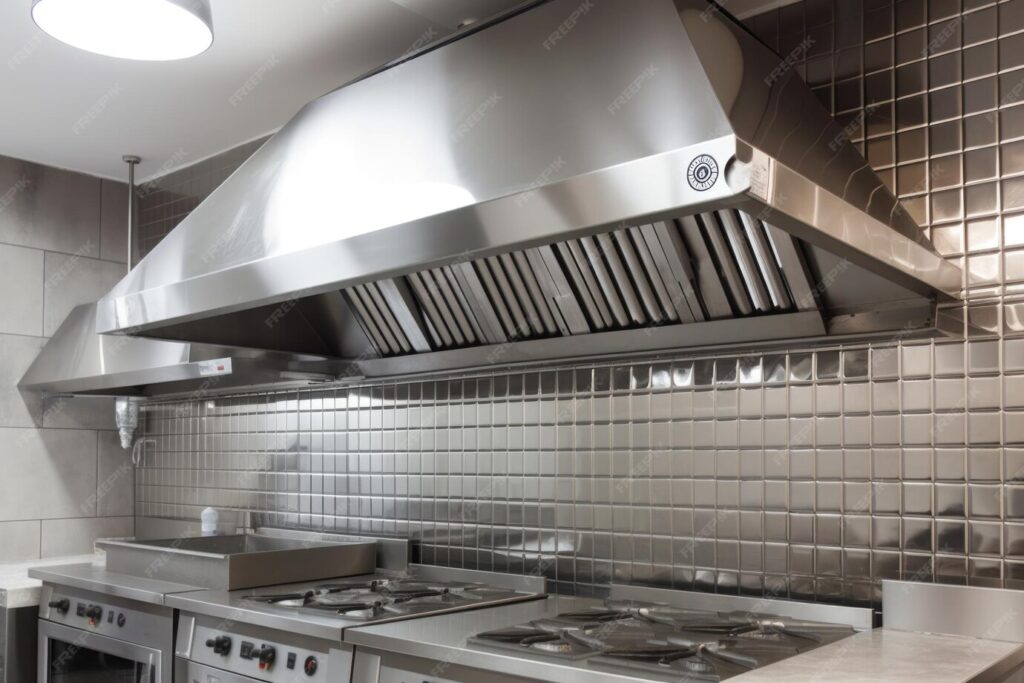
Stainless Steel
A classic and versatile choice, stainless steel offers a sleek and modern look that complements a wide range of kitchen designs. It’s durable, easy to clean, and resistant to corrosion.
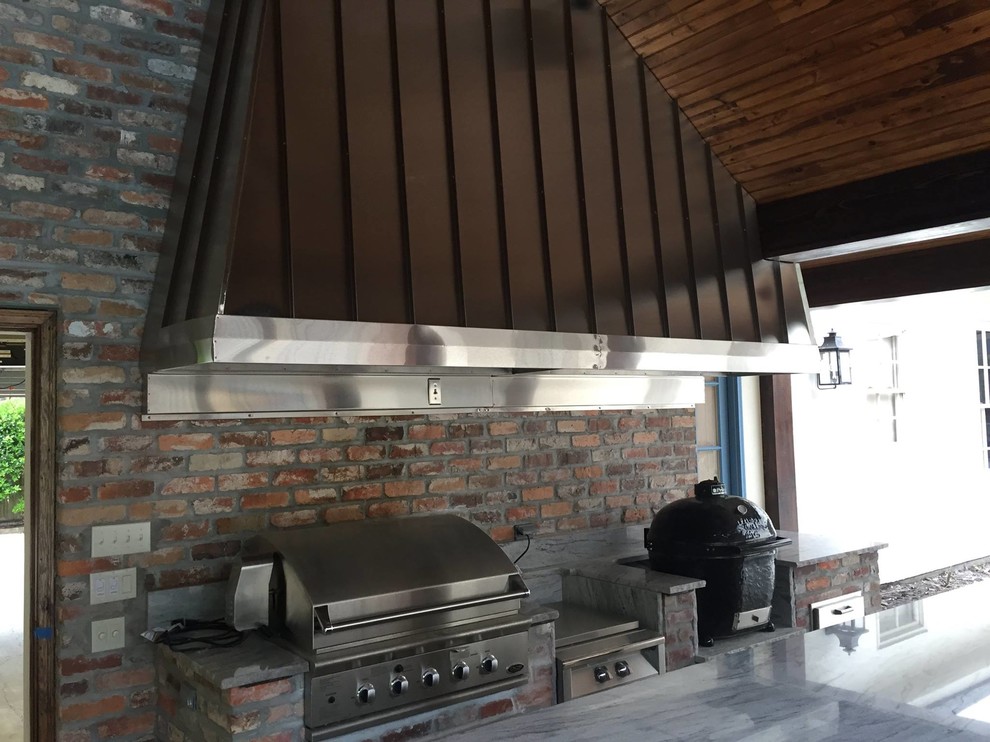
Copper
For a touch of warmth and elegance, copper is an excellent option. It develops a beautiful patina over time, adding character to your kitchen. Copper is also naturally antimicrobial.
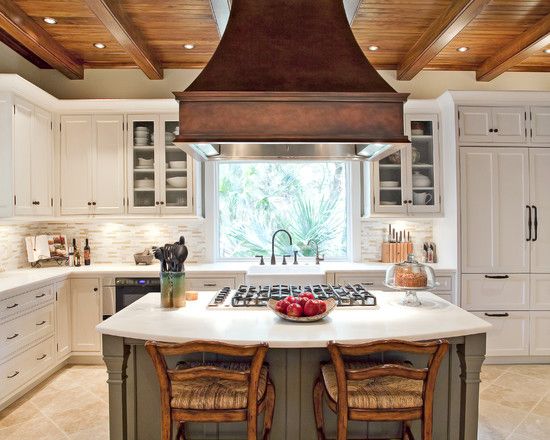
Wood
A wood hood can be customized to match your existing cabinetry, creating a seamless and integrated look. Choose from a variety of wood species and finishes to achieve the perfect style.
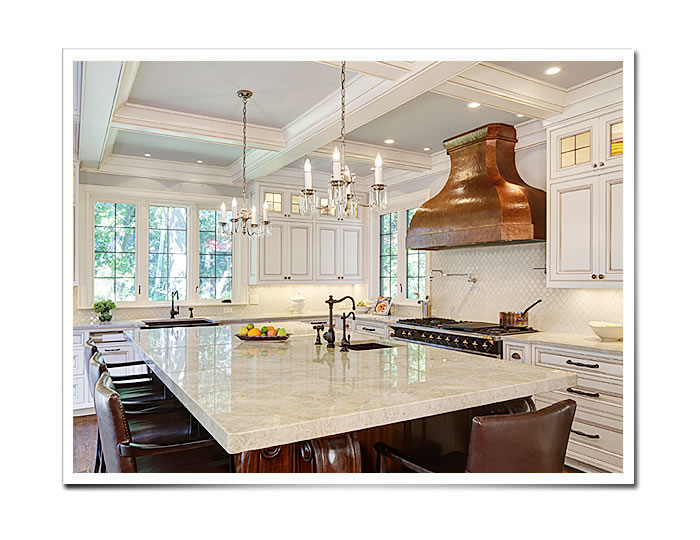
Painted Metal
Painted metal hoods offer a wide range of color options, allowing you to create a bold and eye-catching statement piece. Choose a color that complements your kitchen’s color scheme.
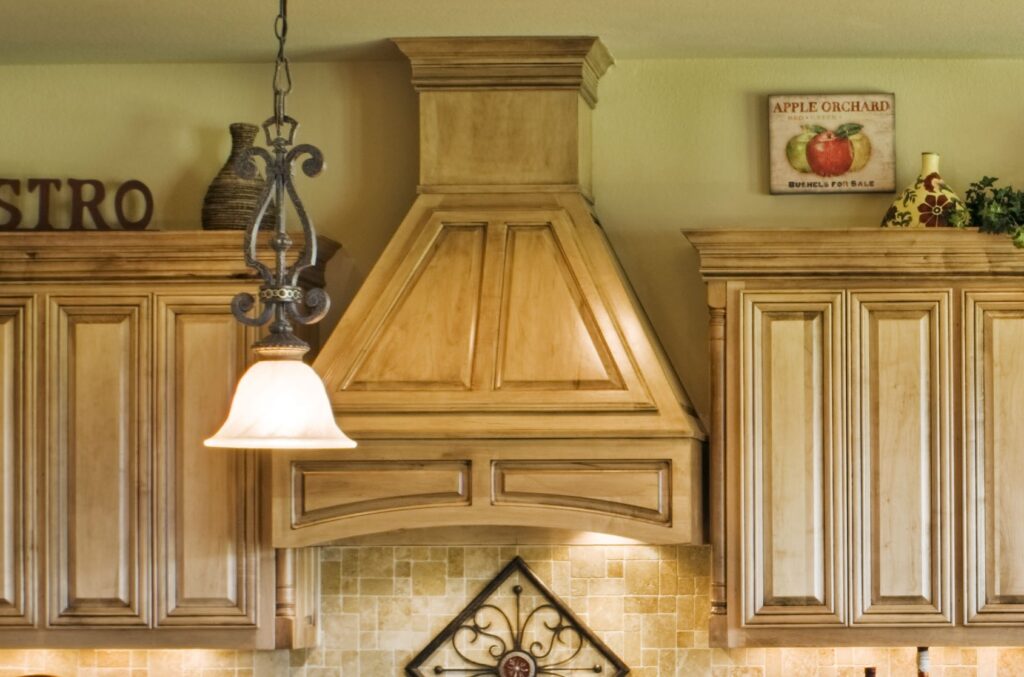
Beyond Functionality: The Aesthetic Impact
A custom kitchen hood is more than just a functional appliance; it’s a design element that can significantly impact the overall aesthetic of your kitchen. It can serve as a focal point, drawing the eye and adding a touch of personality to the space.
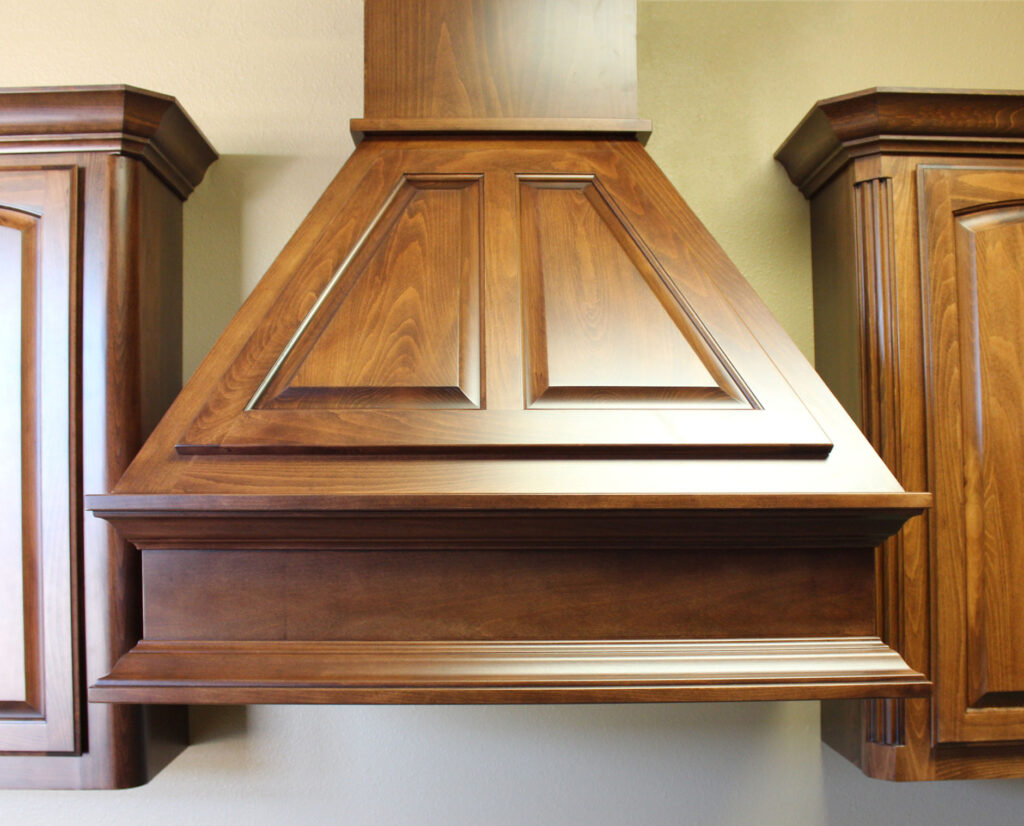
Consider the hood’s shape, size, and materials when designing your custom hood. A well-designed hood can tie the entire kitchen together, creating a cohesive and stylish look. Think about adding decorative elements, such as ornate trim, custom metalwork, or unique lighting fixtures, to further personalize your hood.
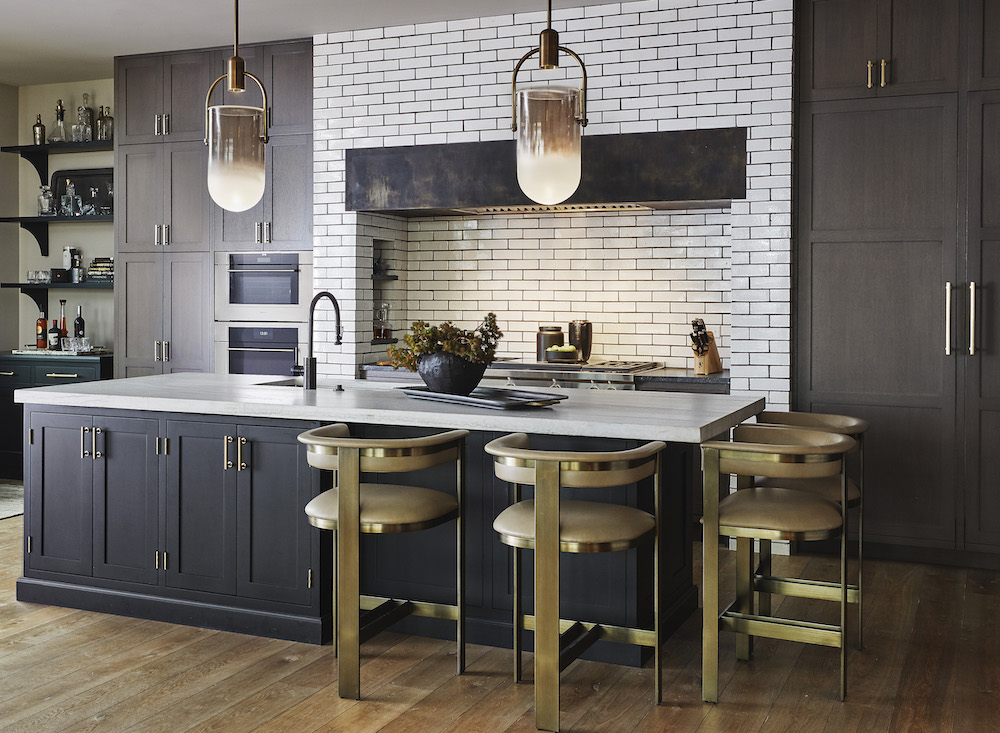
Smart Ventilation: The Future of Kitchen Hoods
The future of kitchen hood ventilation is smart. Smart hoods are equipped with sensors and technology that automatically adjust the fan speed and lighting based on the cooking activity. They can also be controlled remotely via a smartphone app. Some smart hoods even integrate with other smart home devices, such as smoke detectors and air purifiers.
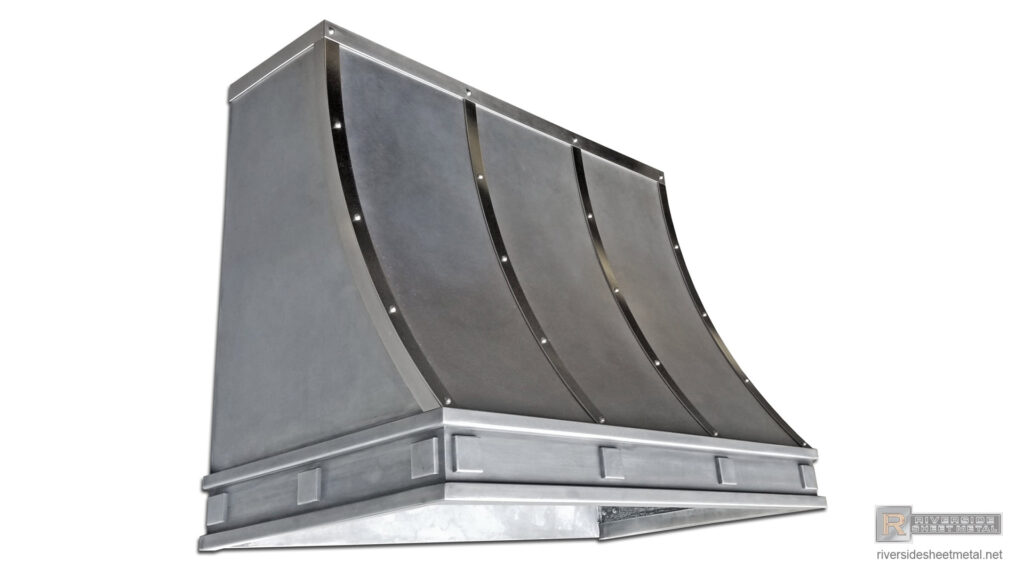
Smart ventilation systems offer several benefits, including:
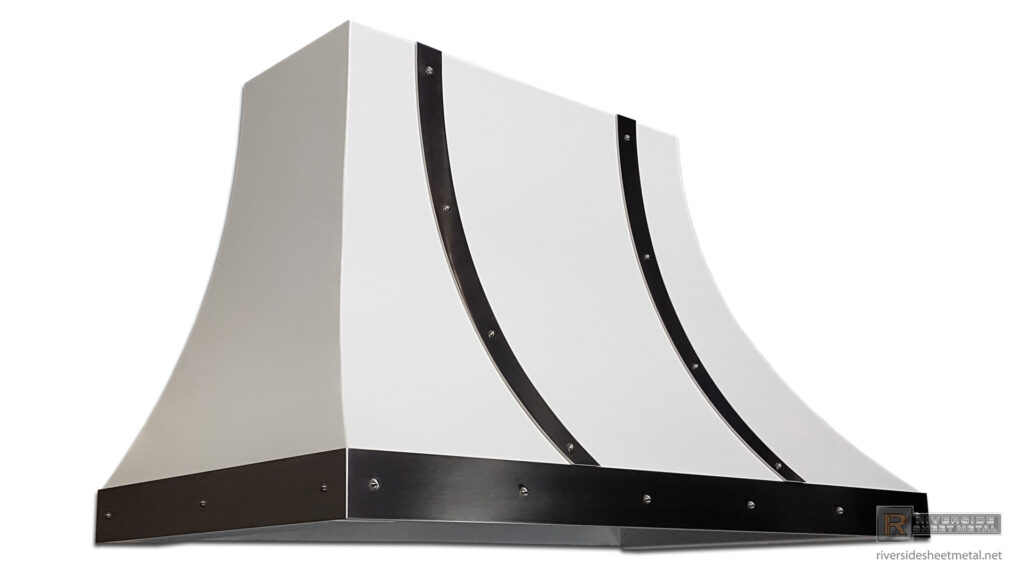
- Improved Energy Efficiency: Smart hoods automatically adjust the fan speed to match the cooking activity, saving energy.
- Enhanced Air Quality: Smart hoods can detect smoke and odors and automatically increase the fan speed to improve air quality.
- Remote Control: Smart hoods can be controlled remotely via a smartphone app, allowing you to adjust the fan speed and lighting from anywhere.
Conclusion: Investing in a Better Cooking Experience
Investing in custom kitchen hood ventilation is an investment in a cleaner, healthier, and more comfortable cooking environment. It’s a decision that can transform your kitchen from a place of chores into a place of culinary creativity and enjoyment. While the initial cost may be higher than a standard range hood, the long-term benefits – improved air quality, enhanced comfort, increased home value, and a more personalized aesthetic – make it a worthwhile investment for any passionate home cook.
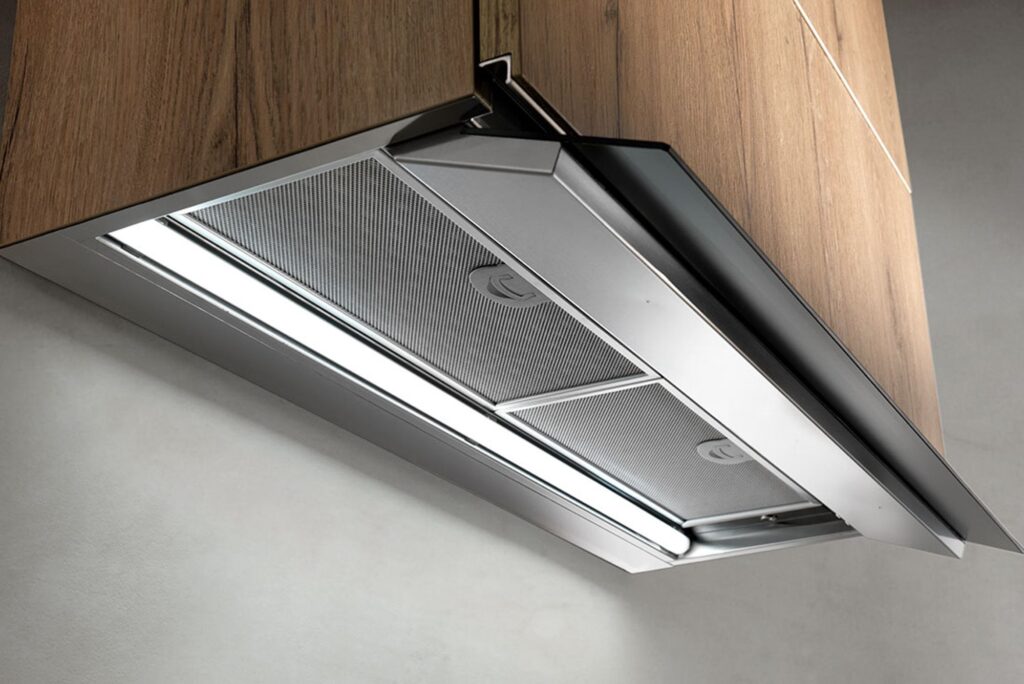
So, breathe easy, cook boldly, and enjoy the benefits of a custom kitchen hood that is perfectly tailored to your needs and preferences. It’s time to elevate your cooking experience to the next level.
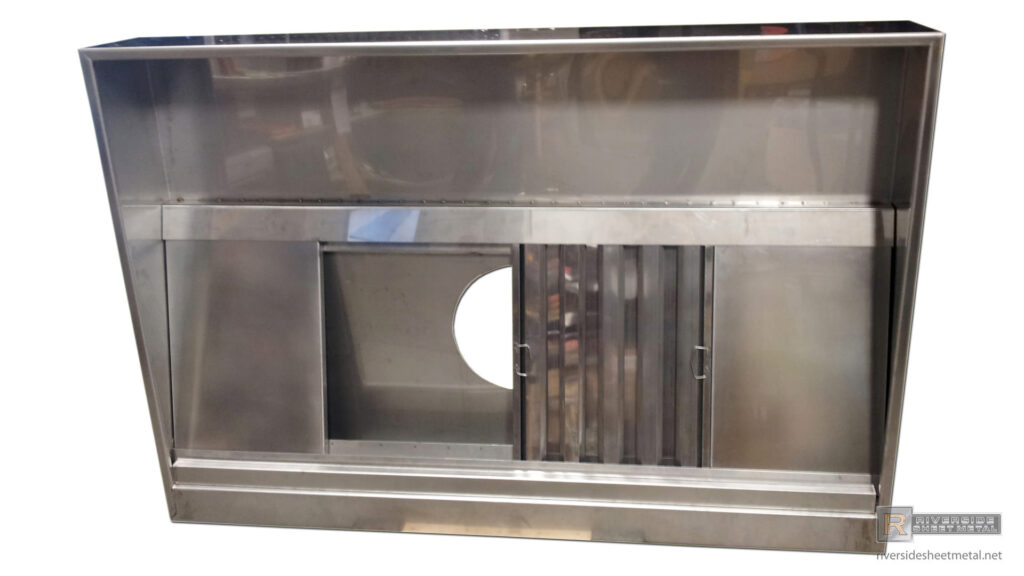
 Nimila
Nimila
